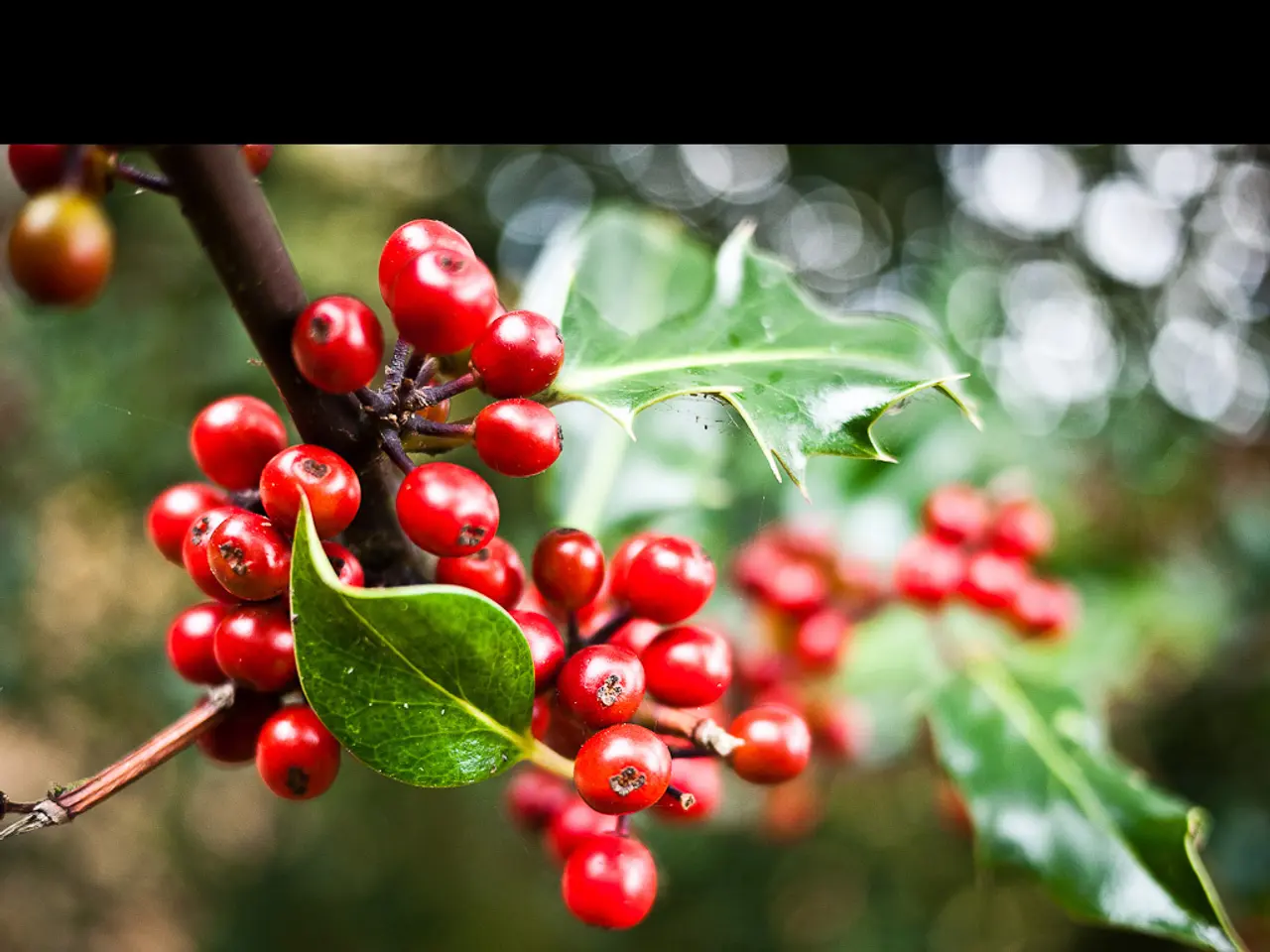Guidelines for Harvesting and Planting Acai Berry Seeds
In the quest to bring a taste of the Amazon rainforest to your backyard, growing fast growing trees like acai berries at home is an exciting endeavour. Despite being native to tropical areas, primarily in northern South America, it's possible to cultivate these nutrient-rich berries even outside traditional growing zones, thanks to dwarf specimens.
The acai berry palm tree (Euterpe oleracea) is a resilient plant that thrives in warm, humid climates, such as those found in the Amazon basin. If you live in USDA zones 10 and 11, growing acai berries from seed or purchasing potted acai palm seedlings is a common practice.
To start your acai berry journey, begin by soaking the seeds in water for 24 hours. Then, seal the pot in a plastic bag and place it in a warm location (80 degrees F or more) to encourage germination. This process can take 1 to 2 months, and you'll know it's successful when red spikes appear.
Once the sprouts emerge, it's time to transplant them into individual pots using a potting soil mix designed for palms or cacti. Keep the growing medium moist and transplant young trees to a larger container every six months.
For indoor growers, creating a tropical-like setting is essential. An ambient temperature of 70 degrees F (21 C) or above is ideal. Indoor acai plants will also benefit from a shady location and moist, compost-rich soil. Don't forget to trim the main stalk to control the height.
Harvest time for potted acai trees may be limited to specific times of the year. However, it's essential to note that harvested acai berries should be used or preserved quickly due to their perishable nature.
When planting outdoors, space acai palms 15 feet apart. These trees can reach a mature height of 90 feet (27 m) or more, so ensure you have enough room for them to grow.
Lastly, remember that growing acai berries from seed will produce a true-to-type palm specimen, allowing you to enjoy the fruits of your labour for years to come. Happy growing!





